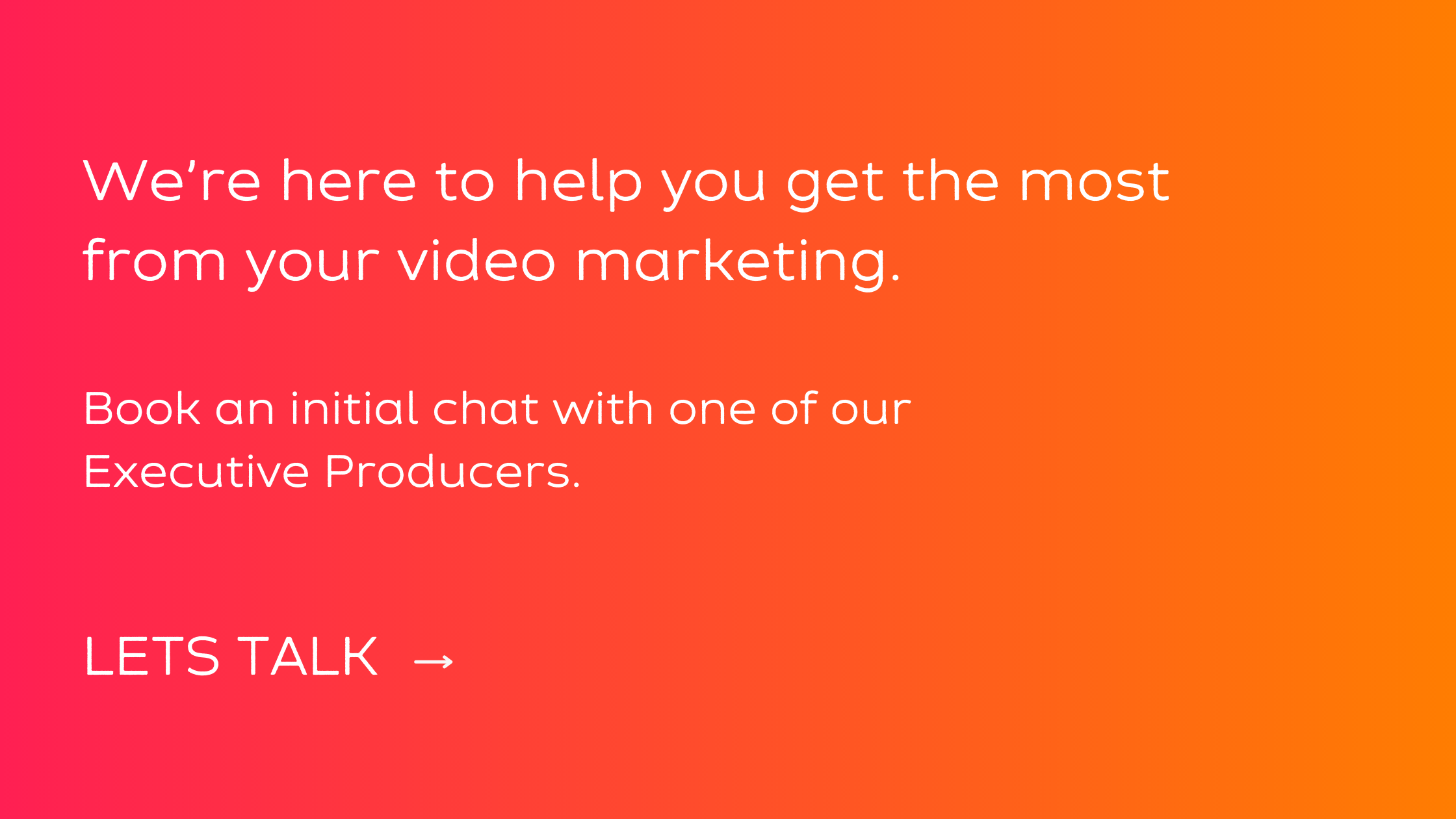Online video gets a resounding endorsement from marketers with 82% finding that video had a positive impact on their business. Whether you’re educating patients about health topics or introducing new products to medical practitioners or consumers, meaningful video content can help you build relationships, engage your audience, and explain complex products and medical issues.
But, how do you convince your boss or CEO that you need to add video to your medical marketing strategy? Here are the tools you need, to demonstrate the difference that video marketing could make to your business.
1. Video and marketing – a healthy match
Video can boost your other marketing tactics. Videos are more likely to be shared on social media, and with 45.6% of US adults, stating that they searched for health-related information online, it makes sense to provide them with the content they’re looking for (according to National Research Corporation).
Video also helps improve open rates and click-through on email marketing – even using the word “video” in the subject line can improve open rates by 19%, click-through by 65% and reduce unsubscribes by 26%.
2. Why not paint a picture for your boss?
Video is powerful for your business because it can really show your medical device or healthcare system in action. Medical animations and explainer videos come into their own in helping to explain topics or procedures which are especially difficult to imagine, such as demonstrating how a particular medicine interacts with the body or illustrating internal anatomical details. 3D medical motion graphics can be particularly compelling here to show a mechanism of disease or mode of action.
3. The perfect balance of emotion and logic
Often medical marketers, look to cold hard facts for their messages. But it can be a mistake to think that medical device marketing and emotions don’t mix. For a successful campaign, marketers need to discover the optimum balance of the emotional and the factual. It’s worth thinking about the buying cycle – if you engage your audience on an emotional level first, it will be easier to win their trust with the statistics and hard facts.
For instance, to meet a medical marketing client’s brief, we combined emotion and facts to create engaging content about a new chlorine-dispensing device. We interviewed nurses in an Italian hospital after the introduction of this new product. The impacts on the frontline were visually represented with footage of real nurses explaining how they now had more time to tend to their patients. The stats on lowered infection rates were then used to reinforce the anecdotal accounts. Emotion and logic worked together to create a compelling case.
4. Patient testimonials with added authenticity
By now the benefits for advocacy marketing and written testimonials should be clear to your boss. 24% of US adults look for support and information from people who have similar health conditions and (Pew Research) video can often add that extra dose of authenticity to a written case study.
For example, how do you show the benefits of a new stoma device? We interviewed users of a new product for a client and filmed them participating in sporting activities that would have been unimaginable before the new device. These talking heads combined with footage illustrating the life-changing impact of the product offered credibility and authenticity which was compelling.

5. Video can help your SEO strategy
SEO may be a mystery to your boss or CEO, but hopefully, they realise that the more people who visit your site from search engines and land on quality content, the more potential customers you have.
Search engines tend to favour blended search results, which combine video and text, which means that video can edge higher up the rankings than written content. It’s also more likely to be clicked on as it has an eye-catching thumbnail, which shouts “play me”. YouTube is the second biggest search engine, so having a presence there is essential in the competitive marketplace.
6. What about compliance?
Compliance is of course a burning issue for medical marketing campaigns, but this is just as high of a concern as whether your messages are written or visualised. Of course, you must follow the guidelines and regulations, and back up any claims you make. But video does give you the freedom to show the benefits of your product in action. Real people telling their own honest stories equals a powerful message.
7. Higher retention rates with video
Medical marketers face the constant challenge of explaining complex products in an engaging way, and this is exacerbated in the digital environment of short attention spans and 6-second Vine videos.
Video can really help to engage this distracted audience and cut through the content soup. 80% of the online audience will recall a product video within 30 days of watching it. (Insivia) You can also transform dry data-driven documents into an engaging video infographic which will resonate with your audience.
Conclusion
Now that you’ve convinced your manager to use video, our advice is to be clear on your objectives and measure, measure, measure… Use each video as a chance to test what works for your audience so that you can continually improve (and perhaps even get a pay rise).
If you’re looking for advice on your next medical or healthcare campaign, get in touch.
